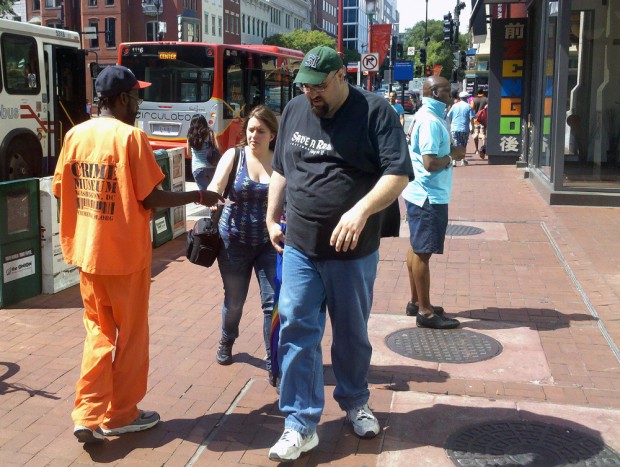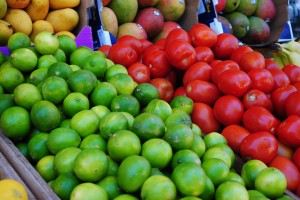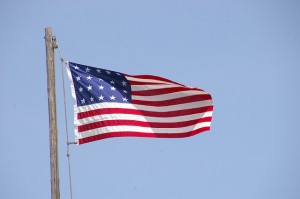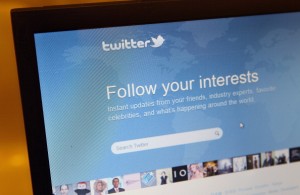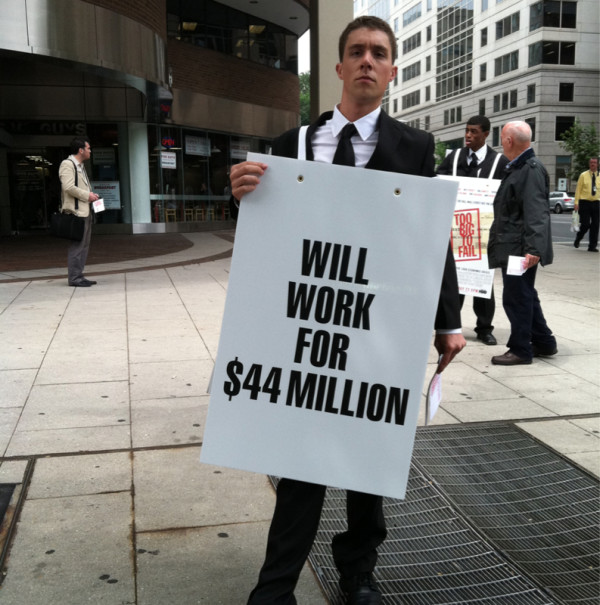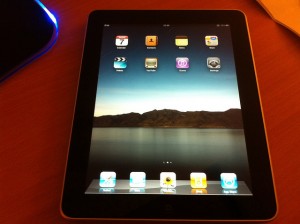
Flickr: Sean MacEntee
Hispanics are adopting tablet devices, such as the iPad, at faster rates than whites and blacks.
Hispanic adults are more likely to own e-readers and tablets than whites and blacks, according to a new Pew Center report.
The demographic shift in this growing segment of technology consumers happened in the past six months. Back in November 2010, 6 percent of whites and 5 percent of Hispanics owned e-readers. In May 2011, 11 percent of whites and 15 percent of Hispanics owned e-readers. The margin is even larger for tablets.
Those numbers may not be entirely surprising for those monitoring demographic trends in the technology world. Blacks and Latinos are more likely to get involved using social media, and minority groups have been very active at using smartphones and taking advantage of the full range of what they offer. But despite such gains, there is still a digital divide – in nearly all-black large swaths of D.C., for instance, high-speed Internet connectivity is below 40 percent.



